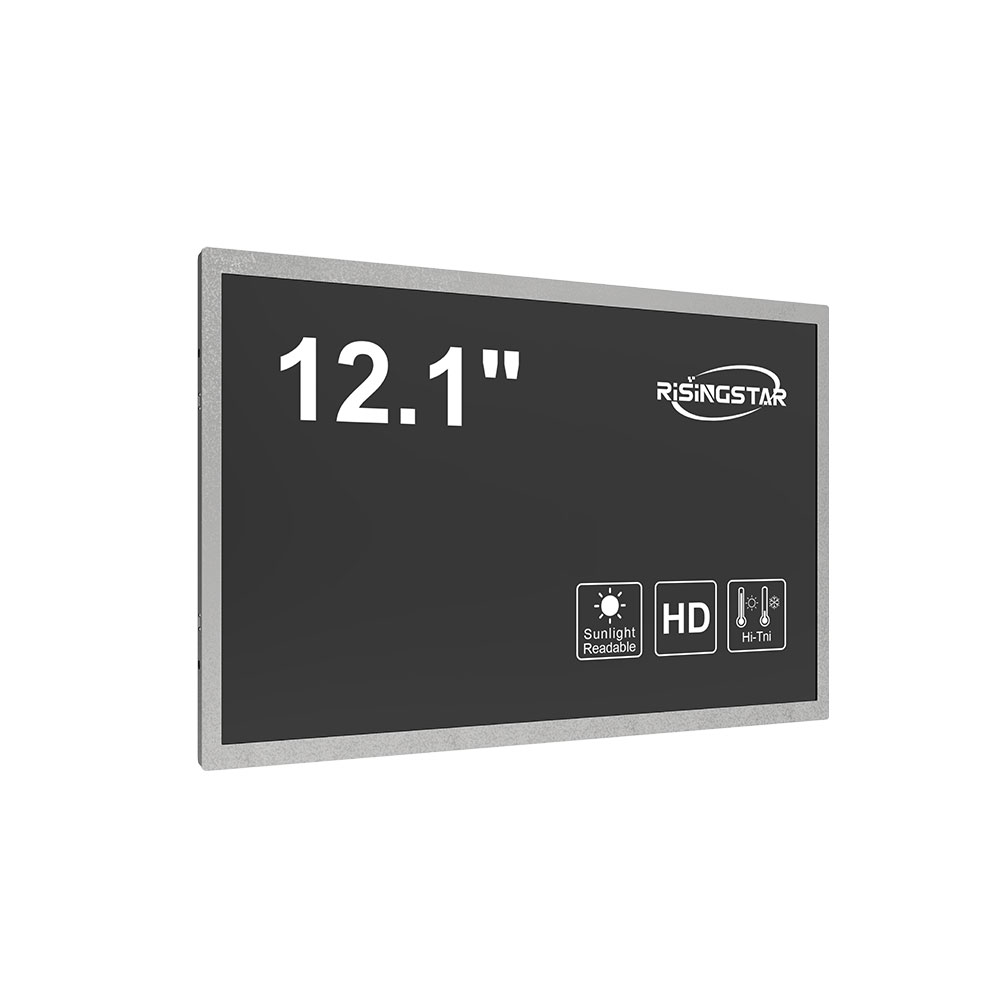
Privacy statement: Your privacy is very important to Us. Our company promises not to disclose your personal information to any external company without your explicit permission.
When selecting an outdoor LCD screen for commercial applications—such as retail advertising, transportation hubs, or public information displays—it’s essential to prioritize durability, visibility, and performance under real-world environmental conditions. Unlike indoor screens, outdoor displays must withstand extreme temperatures, humidity, UV exposure, and physical impacts while maintaining high brightness and clarity.
Brightness and Visibility
A key factor in outdoor LCD selection is luminance. Industry standards recommend a minimum of 5,000 nits for full daylight visibility, though 7,000–10,000 nits are ideal for direct sunlight environments such as bus stops or highway billboards. For example, studies from the Society for Information Display (SID) confirm that 5,000-nit screens lose up to 60% readability in bright sunlight, whereas 8,000-nit models maintain over 90% visibility. Always verify the manufacturer's claims with third-party testing data—some vendors inflate specs without proper measurement protocols.
Environmental Protection Ratings

Look for IP65 or higher ingress protection ratings. This ensures the screen is dust-tight and protected against water jets—critical for rain, snow, or coastal salt exposure. In addition, NEMA-4X compliance is recommended for harsh industrial settings. A case study from a major airport display system in Dubai revealed that IP65-rated units had a 70% lower failure rate over 3 years compared to non-rated alternatives.
Thermal Management and Power Efficiency

Outdoor LCDs generate more heat due to high brightness and ambient temperature extremes. Efficient thermal design—such as passive cooling with aluminum heatsinks or active fan systems—prevents overheating and extends lifespan. Energy consumption should also be considered; modern LED-backlit panels consume 30–40% less power than older CCFL technologies. According to ENERGY STAR guidelines, energy-efficient outdoor displays reduce operational costs by up to $200 per unit annually.
Mounting and Installation Flexibility
Choose frames compatible with pole mounts, wall brackets, or canopy installations. Weather-resistant enclosures with integrated cable management simplify maintenance. For large-scale deployments, consider modular designs that allow easy replacement of individual panels—reducing downtime during repairs.
Content Management and Connectivity
Ensure your screen supports reliable remote management via Ethernet, Wi-Fi, or cellular connectivity. Integration with cloud-based content platforms like BrightSign or Scala enhances flexibility for dynamic updates across multiple locations.
In summary, selecting an outdoor LCD screen isn’t just about brightness—it’s a holistic evaluation of environmental resilience, power efficiency, installation logistics, and long-term manageability. With proper planning, businesses can achieve a return on investment within 12–18 months through improved engagement and reduced maintenance costs.
Email to this supplier

Privacy statement: Your privacy is very important to Us. Our company promises not to disclose your personal information to any external company without your explicit permission.